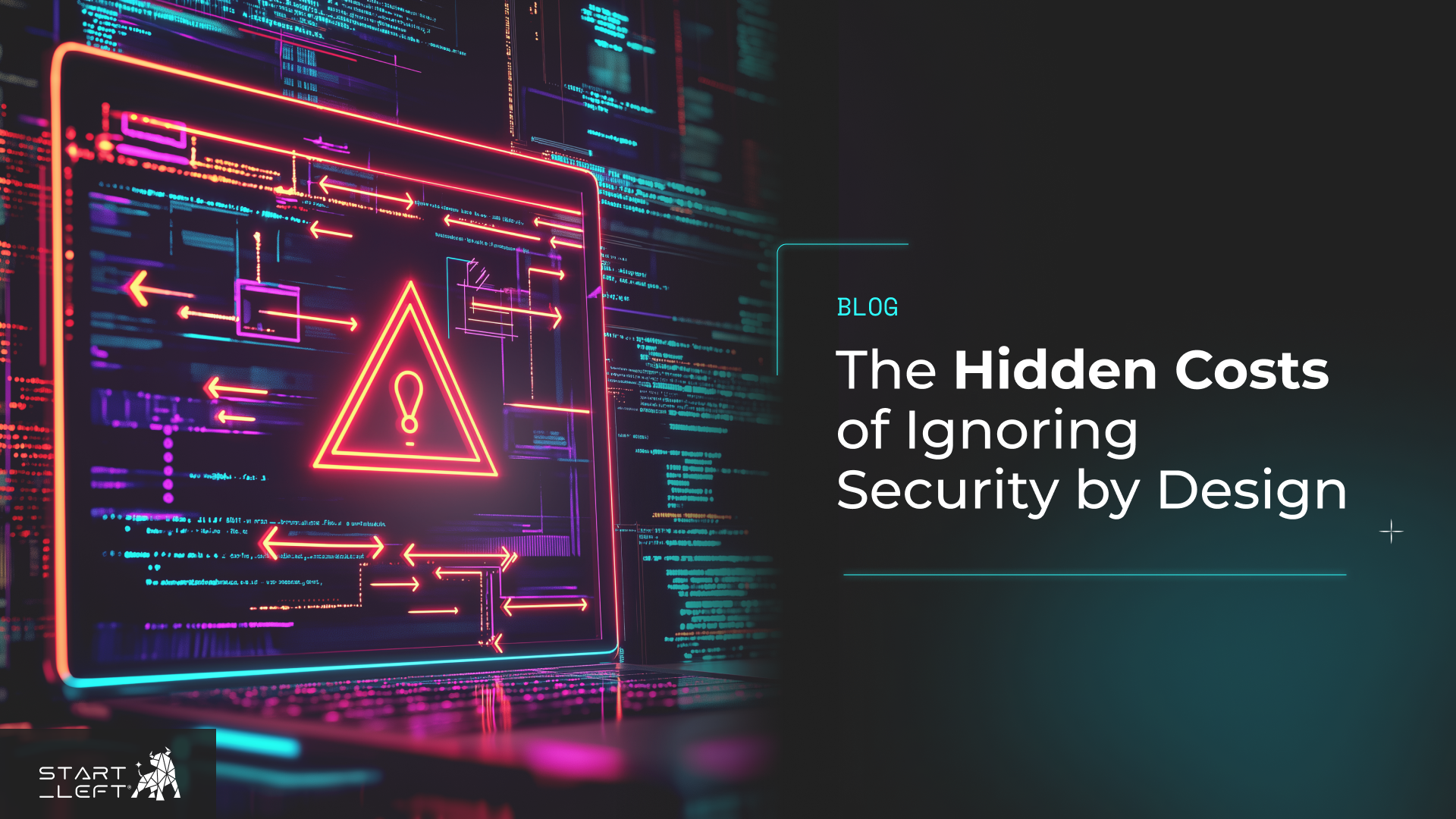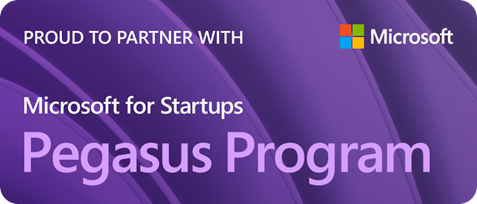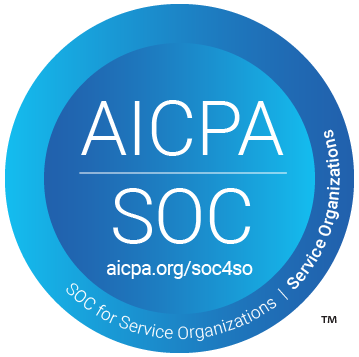We Built Cybersecurity Like A Broken Factory—Its Time For Its Toyota Moment
The Industry is Stuck in a Broken Model
For decades, cybersecurity has been a bolt-on process—chasing vulnerabilities, enforcing controls, and tracking risks instead of fixing the way software is built.
The result? More tools, more alerts, more friction—but no real improvement in execution. Engineering continues to move forward, shipping faster than ever, but security remains reactive, layered on at the end of the development lifecycle, slowing teams down.

It’s time for cybersecurity to have its Toyota Moment.
Just like Toyota revolutionized manufacturing by embedding quality into the production process, we must embed security, resilience, and execution intelligence into how software is built.

The History: How We Got Here
The Waterfall Era (Pre-2000s): Slow, Rigid, and Inefficient
- Software development followed a factory model—requirements gathered upfront, long development cycles, and security checked at the very end.
- Security teams were the final gatekeepers, rejecting releases that failed compliance checks.
- Result: Slow, expensive rework, and software riddled with vulnerabilities.
The Agile Manifesto (2001): A Call for Change
- Agile introduced continuous iterations, developer autonomy, and collaboration.
- The goal? Faster, high-quality software development that adapts to change.
- But security teams were left behind, still operating in the Waterfall mindset—a bottleneck rather than a partner in agility.
DevOps & CI/CD (2010s): The Acceleration of Software Delivery
- DevOps and CI/CD automated software pipelines, enabling teams to deploy multiple times per day instead of quarterly or annually.
- Security, however, remained reactive—bolted on after code was written rather than embedded from the start.
- The Victim? Developers—forced to choose between speed and security, with security slowing them down at every turn.
The Security Explosion (2020s): More Tools, More Complexity, No Better Execution
- ASPM, CSPM, and DevSecOps tools emerged, promising to “fix security” with more scanning, more visibility, and more controls.
- But these tools simply track risks—they don’t fix the underlying execution problem.
- The Real Problem? Security is still being treated as an external function, rather than a core component of engineering excellence.
The Manufacturing Parallel: From Defect Tracking to Built-in Quality
The software industry today looks eerily similar to the manufacturing industry before the Toyota Production System (TPS).
- Before Toyota, factories operated like security teams do today—finding defects at the end of the assembly line.
- The result? Costly rework, wasted materials, and inefficiencies.
- Toyota’s revolution? Embedding quality into every step of the process—so defects were prevented rather than caught at the end.
This is what Lean Manufacturing introduced:
- Kaizen (Continuous Improvement): Constant small optimizations to improve efficiency.
- Jidoka (Automation with a Human Touch): Detecting and preventing defects in real-time.
- Just-in-Time (JIT) Production: Eliminating unnecessary inventory and reducing waste.
Why hasn’t security done the same?
Instead of embedding security into engineering like Toyota embedded quality into manufacturing, security today still relies on catching problems late, enforcing controls, and adding overhead.
- The software industry is still stuck in the defect-tracking era.
- Security needs its Toyota Moment—where execution intelligence makes security an outcome, not an obstacle.
The Cost of Warranty Work: Fixing Security After Release
Toyota recognized that defective cars required costly warranty work, recalls, and customer dissatisfaction—so they focused on preventing defects in the production process rather than fixing them later.
Software security follows the opposite model today:
- CSPM (Cloud Security Posture Management) is warranty work—it finds misconfigurations after deployment, rather than preventing them in the first place.
- Traditional security testing happens late in the SDLC—creating expensive, last-minute fixes that slow down releases.
- “Shift Left” has been misinterpreted as shifting security tools earlier in the pipeline, rather than embedding execution intelligence and improving developer workflows.
Toyota’s solution was to prevent defects—security’s solution should be to prevent vulnerabilities. Security shouldn’t be a patch—it should be engineered into how software is built.
The Problem: Chasing Defects Instead of Engineering Excellence
The security industry operates like old-school manufacturing.
- In traditional factories, defects were caught at the end of the assembly line. It led to rework, waste, and expensive fixes.
- Toyota flipped the model by embedding quality into production itself—making defect prevention an integral part of the process.
- Today’s security tools (ASPM, CSPM, SCA, SAST) are either still catching defects too late, or in production, or they are not driving adoption in creating high-quality software.
- Start Left flips the script—making security a byproduct of high-performance engineering execution.
The problem isn’t just that vulnerabilities exist—it’s that engineering workflows haven’t evolved to prevent them in the first place.
Why Current Security Approaches Fail
The industry has spent 25 years layering on security tools that track issues instead of fixing software development itself.
| Traditional Security Model | Toyota’s Lean Approach to Security (Start Left) |
|---|---|
| Security is checked at the end of the SDLC. | Security is embedded into development workflows. |
| More security tools = more complexity. | Fewer tools, better execution. |
| Engineers are forced to react to security controls. | Engineers are empowered to build securely from the start. |
| Compliance is the goal. | Quality software is the goal. |
The security industry has built a culture of chasing symptoms instead of engineering excellence.
The Superhero: Engineering Excellence & Execution Intelligence
If developers have been the victims of legacy security approaches, who is the hero?
Execution Intelligence.
Just as Toyota transformed manufacturing by embedding quality into the production line, Start Left transforms engineering by embedding security, efficiency, and maturity into execution itself.
- Toyota didn’t just measure defects—they improved how cars were built.
- Start Left doesn’t just track security and engineering performance—it makes teams execute better.
- Traditional security tools enforce policies—Execution Intelligence ensures they’re naturally followed.
The industry doesn’t need more security tools—it needs a transformation in how software is built.
Start Left: The Reset to Cybersecurity’s Toyota Moment
For decades, security has been stuck in a reactive loop—bolted onto software development after the fact, leading to rework, wasted costs, and constant friction between security and engineering. This is exactly what Toyota fixed in manufacturing.
Toyota didn’t just improve quality control; they fundamentally changed the process—embedding quality into the production line, eliminating defects before they happened, and transforming manufacturing into a system of continuous improvement.
Start Left is the reset cybersecurity needs—the Toyota Moment for software development.
How Start Left Facilitates the Reset
- From Security as a Bottleneck → To Security as a Byproduct of Execution
- From Tracking Issues → To Improving Engineering Workflows
- From Compliance Checklists → To Embedded, Measurable Security Hygiene
- From Warranty Work → To Building Quality Software from the Start
Start Left eliminates the rework cycle, aligning security with how software is actually built—not how security vendors think it should be.
This isn’t another "shift left" theory. It’s a complete transformation of how security is executed—directly within engineering workflows.
Security isn’t a tool problem. It’s an execution problem. And we’re fixing it.
This is cybersecurity’s Toyota Moment—Start Left is making it happen.
The question is: Will you lead the change, or be left behind?
SHARE!
More Resources















